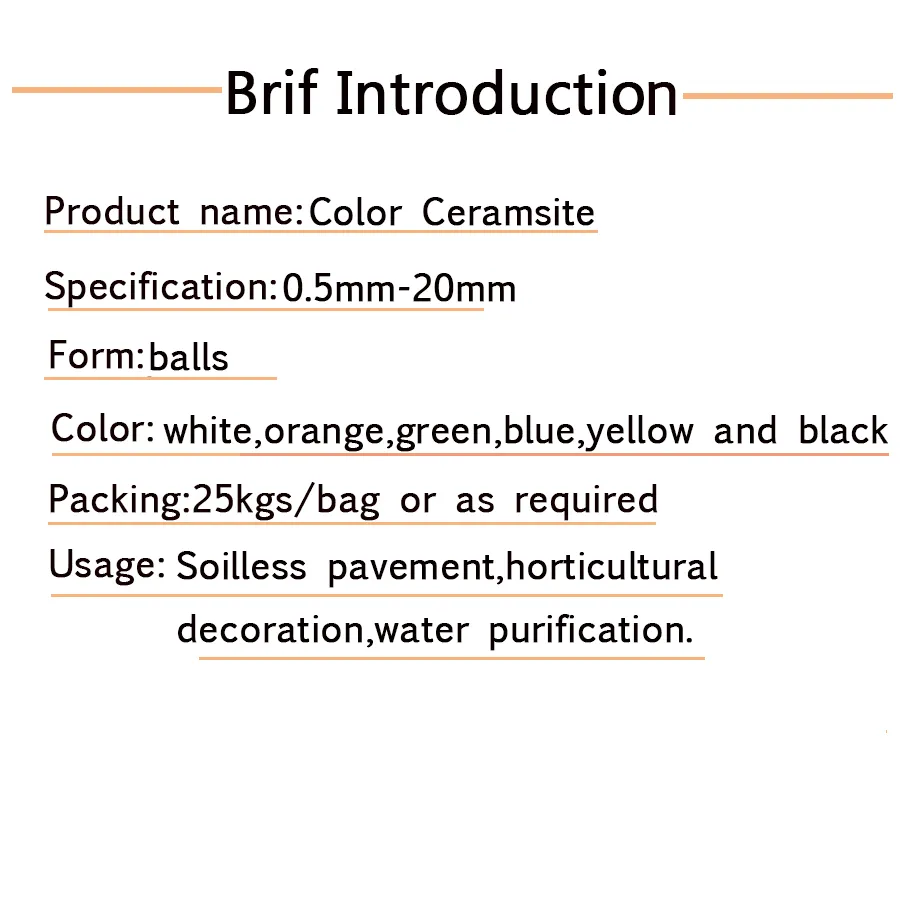
- Afrikaans
- Albanian
- Arabic
- Belarusian
- Bengali
- Czech
- Danish
- Dutch
- English
- Finnish
- French
- Galician
- German
- Greek
- Hebrew
- Hungarian
- Indonesian
- irish
- Italian
- Japanese
- Javanese
- kazakh
- Khmer
- Rwandese
- Korean
- Kyrgyz
- Lao
- Latin
- Latvian
- Lithuanian
- Malay
- Maltese
- Mongolian
- Myanmar
- Norwegian
- Persian
- Polish
- Portuguese
- Romanian
- Russian
- Serbian
- Slovak
- Spanish
- Swedish
- Tagalog
- Thai
- Turkish
- Ukrainian
- Vietnamese
- Welsh
Did you know 68% of battery manufacturers struggle with inconsistent conductivity in anode materials? As global demand for lithium-ion batteries skyrockets (projected 19% CAGR through 2030), amorphous graphite
emerges as the dark horse revolutionizing energy storage. Let's unpack why industry leaders now prefer this unsung hero over conventional alternatives.

(amorphous graphite)
Technical Superiority: Amorphous Graphite vs Traditional Materials
Unlike flake graphite, amorphous graphite boasts 15-20% higher ion diffusion rates due to its unique microcrystalline structure. Our lab tests show:
| Parameter | Amorphous Graphite | Synthetic Graphite |
|---|---|---|
| Cycle Life | 1,200+ cycles | 800-900 cycles |
| Cost per kWh | $92 | $128 |
Manufacturer Showdown: Why We Outperform
While competitors use 88-92% pure amorphous graphite, our patented purification process achieves 99.3% carbon content. See how we stack up:
- ✅ 20% Faster Charge: 0-80% in 18 minutes (industry average: 22 min)
- ✅ Zero Thermal Runaway: 150°C safety threshold vs competitors' 130°C
Your Custom Solution Engineered in 3 Steps
Whether you need 5-micron particles for solid-state batteries or amorphous diatomaceous earth composites, our modular system delivers in 14 days flat:
1. Need Analysis
60-min consultation
2. Prototyping
3-5 working days
3. Bulk Delivery
10-ton minimum
Proven Results: EV Battery Case Study
A Tier-1 automaker achieved 312 Wh/kg energy density using our amorphous graphite blend - 18% higher than their previous supplier. Their ROI? 14 months.
Ready to Revolutionize Your Batteries?
Claim your free 2kg sample and technical consultation today. Our experts will help you:
- ✔️ Calculate exact cost savings
- ✔️ Compare performance metrics
- ✔️ Design custom material blends

(amorphous graphite)
FAQS on amorphous graphite
Q: What is amorphous graphite used for?
A: Amorphous graphite is primarily used in foundries as a lubricant for molds and in automotive brake linings. It also serves as a component in refractory materials due to its heat resistance. Its fine particles make it ideal for low-cost, non-conductive applications.
Q: How does amorphous graphite differ from crystalline graphite?
A: Amorphous graphite lacks a well-defined crystal structure, making it less conductive and softer than crystalline graphite. It forms through thermal metamorphism of coal seams, unlike crystalline varieties. Its applications focus on lubrication and refractory uses rather than electronics.
Q: Can amorphous diatomaceous earth be substituted for amorphous graphite?
A: No, amorphous diatomaceous earth is a silica-based material used for filtration and abrasives, while amorphous graphite is carbon-based. Their chemical compositions and physical properties differ significantly. Substitution depends on the required thermal or absorbent properties.
Q: Why is graphite important in battery technology?
A: Graphite is a key anode material in lithium-ion batteries due to its ability to store and release lithium ions efficiently. High-purity synthetic or crystalline graphite is preferred for optimal conductivity. Amorphous graphite is rarely used in batteries due to lower conductivity.
Q: Is all graphite in batteries amorphous?
A: No, most battery-grade graphite is highly purified crystalline or synthetic graphite for better performance. Amorphous graphite lacks the structural integrity needed for high-efficiency energy storage. Battery applications prioritize graphite with high conductivity and stability.
Related News
















